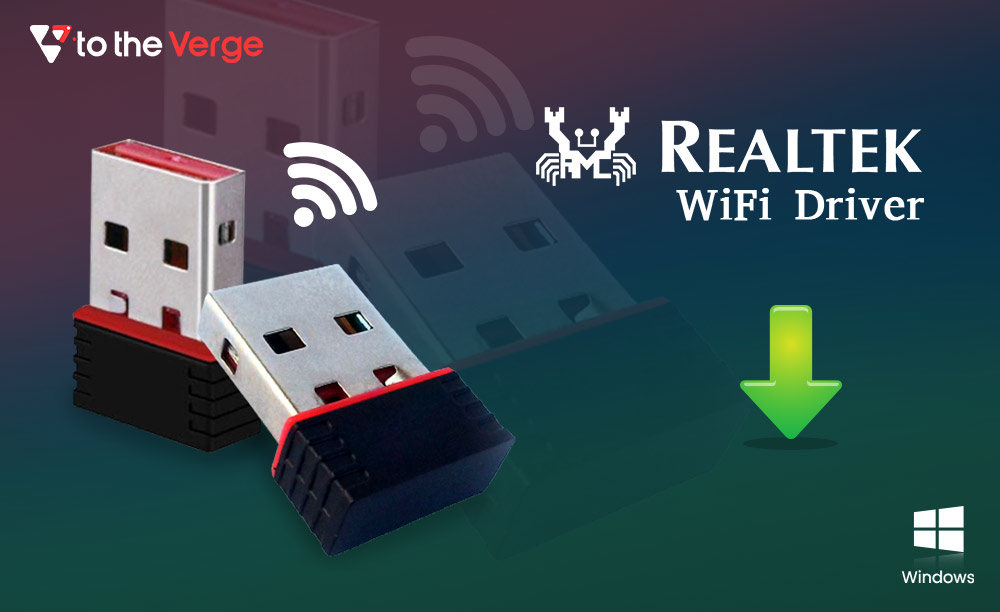One of the most advancing areas of technology is Virtual Reality or VR, which has been popularly associated with the gaming industry. And Gen Z is known to have a craze for virtual reality games.
Apart from gaming, one could hear of the utilization of VR in professional training programs, education, healthcare, therapeutic training programs, urban planning and development projects, and more.
Given the multiple use cases of virtual reality, as mentioned above, technologists and futurists are exhilarated by the future possibilities of virtual reality. Moreover, since it is one of the immersive technologies, they also believe that role of VR in the development of the metaverse will be crucial.
An Immersive Technology is any technology that enhances reality or creates a new reality by utilizing the 360 space, as a result of which users can see in any direction and see some content.
On the other hand, in futurism and science fiction, the metaverse is defined as a single, universal virtual world that would be facilitated by immersive technologies, namely virtual reality and augmented reality.
The link between the metaverse and VR is traceable, and they would influence each other as both the idea and the technology advance with time. However, before stating anything about the metaverse and its future concerning virtual reality, we need to know what virtual reality is? What are the applications of virtual reality across different work areas? And ultimately, what are the benefits and challenges of VR?
The article covers all the essential aspects of virtual reality, a complete explainer to answer all your questions about VR in the easiest way possible. Read till the end to learn more!
What Is Virtual Reality?
Simply put, the use of computer technology to fabricate simulated environments is known as virtual reality. VR places the user in a virtual environment that gives a three-dimensional immersive experience to the user.
Another simple definition of VR describes it as a computer-created world that is believable, interactive, three-dimensional, and explorable. A user can explore the virtual environment through mental and physical simulations.
Virtual reality headsets are used to deliver the experience of mental and physical presence in the virtual environment. In addition, the quality and realisticity of the virtual content and the computing power are the determinants of an incessant virtual reality experience.
Some notable examples of virtual reality headsets include Oculus Rift, Samsung Gear VR, HTC Vive, and Google Cardboard. Using VR removes the vision of the real-life world and allows depth vision by providing video content to each eye.
When Was VR Invented?
The history of VR can be traced back to the 1950s. Famous American cinematographer Morton Heilig wanted to experiment with how people could feel like they were “in” the movie. So, in 1962 he introduced a machine called ‘The Sensorama’, which is considered one of the earliest virtual reality systems known.
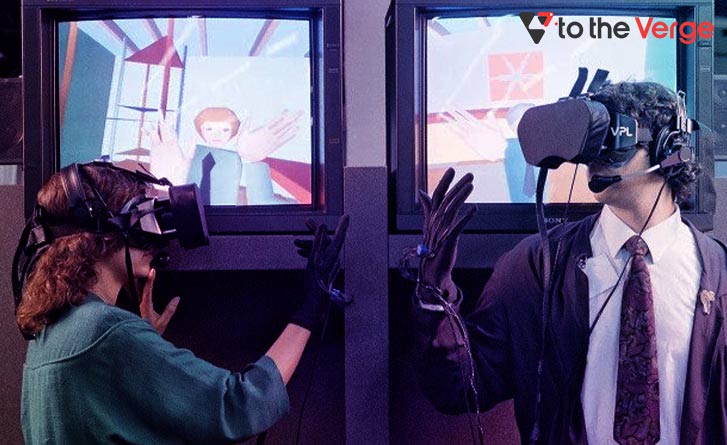
The Sensorama was a mechanical device that entailed a stereoscopic color display, fans, odor emitters, stereo-sound system, and motion chair. Morton also developed a device called ‘Telesphere Mask.’ It was portable stereoscopic television equipment that could be attached to the user’s head. It was the first virtual reality headset.
Later in 1968, the Sword of Damocles was introduced by computer scientist Ivan Sutherland and three of his students. The machine was a mechanical tracking system widely considered the first augmented reality HMD (Head-Mounted Display) system.
In 1979, Eric Howlett developed Large Expanse Extra Perspective, abbreviated as LEEP. It was also a stereoscopic display but relatively smaller in form, and it delivered an extreme wide-angle view experience.
However, it was only in the 1980s that the term ‘virtual reality’ was coined and popularized. Jaron Lanier, an American computer scientist, visual artist, technologist, futurist, and computer philosophy writer, founded VPL or Visual Programming Lab, which developed programs and products related to VR technology. The company developed products like the Data Glove and Eyephone HMD.
In 1991, British company W Industries developed a community space VR gaming system called Virtuality, addressing the growing popularity of VR among the masses.
Since that time, several other companies have developed products over time, introducing more finesse and features. Examples of the companies include SEGA, Nintendo, Google, Oculus, and HTC.
How Does Virtual Reality Work?
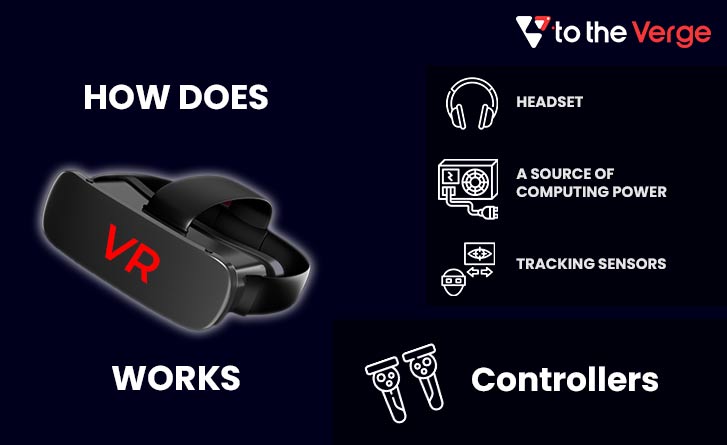
In a virtual reality environment, two essential characteristics determine how the virtual reality technology is to be developed and what it has to deliver. These characteristics are immersion and interactivity.
Immersion implies the feeling of being inside or being a part of the virtual reality environment. And interactivity means that the user can interact with the virtual environment in meaningful ways. Together these two form a concept called telepresence.
Virtual reality works in the following way to bring about the telepresence:
- Experiencing a truly immersive VR requires a virtual reality headset. The VR headsets entail a screen that eliminates users’ connection with the natural world when they put them on and allows them to enjoy an immersive 3D environment.
- An autofocus lens is placed between each eye and the screen, which gets adjusted according to the movement and positioning of the users’ eyes, allowing users’ activity tracking in response to the display.
- A computer or a mobile device is connected to the virtual reality headset that generates and displays visuals to the eyes through the lens on the headset.
Every VR headset and the content in every virtual reality system is curated considering some critical factors that influence the quality of the visuals; these factors are as follows:
1. Field of View
The expanse of the observable world seen at any given moment is known as a field of view. Humans can see 220 degrees on average of their surrounding content. For a virtual reality environment to be truly immersive, it’ll need to mimic our field of view. As of now, VR headsets can cover only 180 degrees. However, the technology is evolving, and we might see a better area of view coverage.
2. Frame Rate
The frequency at which successive images are captured or displayed is known as the frame rate. It is expressed as FPS or frames per second. It is another visual factor that influences how well VR works. Experts believe the human eye can handle up to 1000 frames per second. Therefore, the frames must move quickly within a VR headset screen to mimic what we see in real life. Developers, at present, are trying to push more towards 120 FPS.
3. Spatial Audio and Sound Effects
A VR experience is more than a visual experience. In order to be immersive, it aims to engage most of the human senses, which include hearing. Therefore, spatial or 360-degree audio significantly influences the level of immersion felt by the user. In addition, VR headsets in the modern landscape use sound effects and spatial audio to guide users regarding directions to follow, supporting a sense of ‘realism’ when moving through different environments.
4. Head and Motion Tracking
For the VR to feel comfortable and not lead to a feeling of nausea, it is required to maintain low latency, ideally lower than or equal to 30 milliseconds; and move appropriately with the head. Therefore, virtual reality headsets use six degrees of freedom system that measures the head movements by tracking the motion on the X, Y, and Z-axis. In addition, certain buttons on the controller and sensors on the headsets detect different gestures, further enhancing realism.
Applications Of Virtual Reality
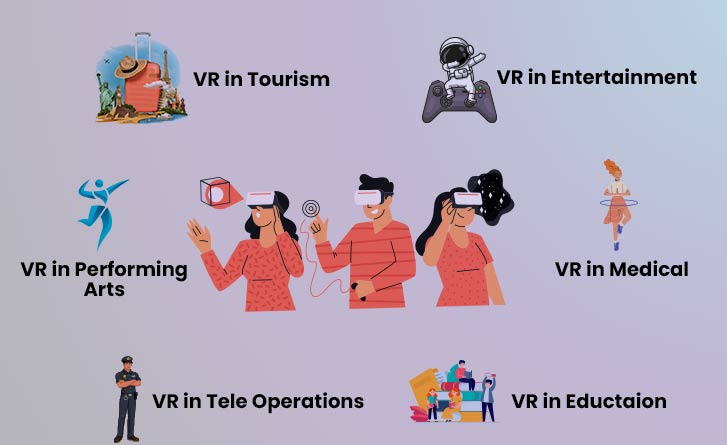
Virtual reality has numerous applications. Some of the most popular ones are enumerated below:
1. Architectural and Design Visualization
Virtual reality technology allows architects to experience a space before it is built and make any real-time changes if required to deliver customer satisfaction. Architectural and design visualizations using virtual reality systems enhance the element of physical presence and sense of space of the project’s walkthrough.
2. Entertainment Applications
A domain that effectively brought virtual reality to the masses was entertainment. It was the first industry to incorporate VR and remains an extensive application area of VR technology. Cinemas, theme parks, and storytelling have adopted VR to simulate movie-like adventures or create 360 videos to let people cherish their favorite cinematographic paragons.
3. Educational Applications
VR systems in the academic industry can improve the effectiveness of teaching and learning tremendously. Representation and sharing of information with the students regarding certain subjects could be better in virtual reality environments as it would provide them an opportunity to understand through interaction.
4. Medical and Healthcare Applications
VR can be used for the medical treatment of patients with mental issues. Controlled virtual reality environments are curated for the patients that allow them to confront their phobias. It also helps them discover ways to deal with their phobias and gradually overcome them. In addition, VR-based training is being used to modernize healthcare. Medical students and specialists can practice precise surgeries without real-time emergencies; other practitioners can also familiarize themselves with hospital environments through VR technology.
5. Training and Simulation Application
Industries like aviation and mining use VR systems to effectively train their professionals and familiarize them with several job technicalities. The mock training exercises are crucial for some industries and professions since they involve high stakes of risk and capital.
6. Tele Operations
Tele operations is another area where the potential of VR can be experimented with to enhance the former, where the technology to conduct remote operations without being physically present in the actual space is applied. For example, VR could be an effective solution to scenarios like remote bomb diffusion or remote astronomical explorations that otherwise are hazardous to human life or impractical to work.
7. Virtual Tourism
Another proposed application of VR technology is virtual tourism. One could go on a virtual tour of hotels, landmarks, restaurants, and other places they may want to visit before spending a large sum of money on vacation, buying tickets, booking hotels, and not enjoying the site.
8. Performing Arts
Virtual Reality offers limitless possibilities to experiment with and express one’s creative side, allowing one to redefine performance possibilities. Artists can introduce elements of interactivity and effectively enhance the experience delivered through simulations that interact with the viewers in the desired manner.
Benefits Of Virtual Reality
The benefits of virtual reality can be drawn from how they enhance and add value across different fields of subjects and industries. Some of the benefits of VR have been enumerated below:
1. Enhances Learning Experience
Through immersive content and interactive learning, students would be able to understand and retain the knowledge mainly in a more meaningful manner when taught partly by VR applications.
2. Safe Practice Through Simulation
As mentioned above, in VR applications, certain professions and industries require mock training practices since the stakes of risk and capital are considerably high. In addition, through simulation of scenarios of danger or emergency, professionals can be trained to deal with them better beforehand using VR technology.
3. Allows Experimentation Without Wasting Resources
Since VR allows the creation of an artificial environment with limitless possibilities, it might be considered an ideal space for experimenting with art, design, fashion, and architecture without wasting material resources that are otherwise used to create physical items or buildings.
4. Overcomes Language or Distance Barriers
Virtual Reality is a great technology to overcome distance and language barriers to improve the efficiency and effectiveness of specific, meaningful tasks such as distance training and education. With VR technology, companies across the globe can provide skill-enriching training to their employees in their respective fields from industry experts. Hence, distance and language hindrances are being replaced by immersive interactivity.
5. Provides Enriching Experience Through Realism
Virtual Reality aims to enhance the element of realism in an immersive virtual reality environment, which can significantly improve the experiences people may have using this technology, whether it’ll be in the field of tourism, education, entertainment, professional training, or anything else.
Latest Virtual Reality Technologies and Examples
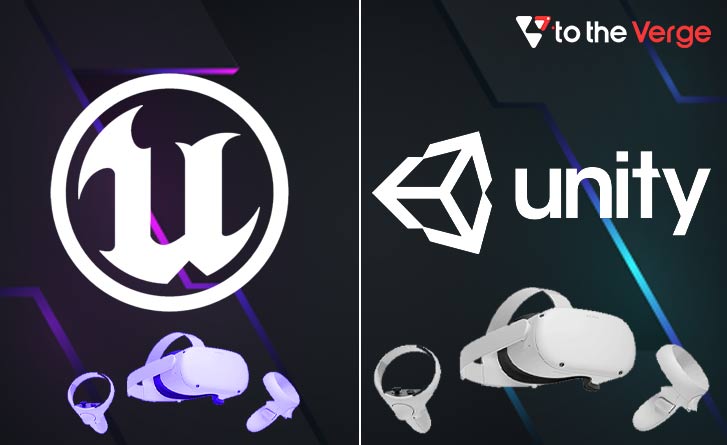
While there are numerous virtual reality technologies in the market today, and several will be released soon, some of the most popular virtual reality technology examples are listed below:
1. Unreal Engine
It is a real-time 3D creation tool developers can use to create games and VR environments.
2. Unity
It is another real-time 3D development software that is multiplatform. Developers, engineers, or architects can heavily customize VR models on this platform with some programming knowledge.
3. Oculus Rift
It is traditionally seen as a tool for gamers. But, architects and designers are increasingly interested in exploring the combination of 3D experience and motion tracking for better visualization and design.
4. Leap Motion
The Leap Motion Controller, a product of the Leap Motion company, is a motion-sensing device that allows users to see their hands in virtual reality and augmented reality. The product is user-friendly and can be plugged into a computer’s USB port. The technology converts hand and finger movements into 3D input with sub-millimeter accuracy, virtually no latency, and without gloves or other handheld accessories. As a result, users can interact with virtual objects naturally, just as they do with real-world objects.
5. Samsung Gear VR
Samsung collaborated with Oculus to create a mobile VR solution utilizing Samsung’s smartphone. The device delivers more extensive fields of view, smoother images, reflection prevention, and low light leakage. In addition, it enables users to move around freely and have a comfortable experience.
Role of Virtual Reality In The Development Of Metaverse
The metaverse is interpreted as a 3D virtual environment that would be highly immersive and interactive. Therefore, undoubtedly immersive technologies like virtual reality and augmented reality would play an essential role in its development.
In an interview, the founder of AltonTech Inc., Jesse Alton, shared how he thinks immersive technologies would be a medium for people to experience the metaverse. People who can afford the virtual reality headsets would experience the metaverse through VR; the rest could use AR or other technologies.
In addition, virtual reality form an essential part of making money in the metaverse. In the metaverse, areas like advertising, live events, real estate, and gaming constitute VR headsets or virtual reality videos that would deliver meaning and purpose to all the activities.
Upcoming Challenges Of Virtual Reality
Conceptual Challenge
As VR continues to evolve, keeping up with the tech companies building the metaverse, business leaders and professionals will need to continually educate themselves about the potential issues of virtual reality to make sure the downsides of this tech don’t overshadow the benefits for our society.
Being aware of the ‘gray areas’ in virtual reality is quintessential to developing the technology right and ensuring it is utilized reasonably.
Some psychologists suggest that virtual environments could affect the user psychologically, and therefore some authority or group of organizations should supervise VR content and its usage.
In addition, safety and security measures against sexual harassment, data, and privacy infringement must be put in place and practiced judiciously. Only then the future possibilities of VR would serve their purpose.
Technical Challenge
On the technical front, challenges lie in making VR more effective, developing tracking systems, finding more organic ways to enable users to interact within a virtual environment, and decreasing the time it takes to create virtual spaces.
Apart from these issues, developing well-designed, easy-to-use hardware for the users is another part of the challenge. Many of the VR headsets available in the market today are pretty bulky, affecting the adoption of the tech on a larger scale.
Other FAQs
Q 1. What Are The Three Types Of Virtual Reality?
Presently, virtual reality simulations can be primarily categorized into three sections. These are non-immersive, semi-immersive, and fully-immersive simulations. It is a fully-immersive simulation wherein an individual is required to use virtual reality headsets and other associated equipment to experience virtually realistic environments.
Q2. What Is The Cost Of VR?
According to a study conducted by Statista, the cost of VR in USD ranges from $200 to $1000. There are a variety of VR headsets in the market by leading companies like PlayStation VR and a range of others by Oculus and VIVE, all available at varying prices.
Q3. What Is The Best Feature Of VR?
The realistic, immersive user experience provided by virtual reality, wherein the various human senses such as vision, touch, and sound are effectively simulated, is considered the best feature of VR. In addition, enhanced motion and position tracking efficiency of the VR, along with greater frame rate and field of view, will further improve VR’s user experience.
Q4. Are Video Games Virtual Reality?
Video games are a part of virtual reality. The immersive technology has several use cases, one of which is gaming and entertainment. VR is used to create simulative experiences in 3D cinema, video games, virtual social worlds, and more.
Q5. What Are The Important Elements Of VR?
Virtual reality comprises five important elements: a sound viewing system, an effective tracking system, a well-built interactive element, a realistic design element, and finally, an efficient sensory management system.
The Bottom Line
The future possibilities for virtual reality are immense, spanning from virtual reality gaming, fashion, education, healthcare, and lots more. At the same time, one should also consider the potential challenges of the technology before forming an unrealistically optimistic perspective. In addition, a more precise understanding of the role of virtual reality in the development of the metaverse will only unfold with time.
Nitisha Lal is a writer enthusiastic and curious to learn new things. Currently, she writes about the latest developments in technology, particularly around Web3 and the Metaverse. She enjoys nature walks, capturing the world around her on the phone, or reading books when away from work.

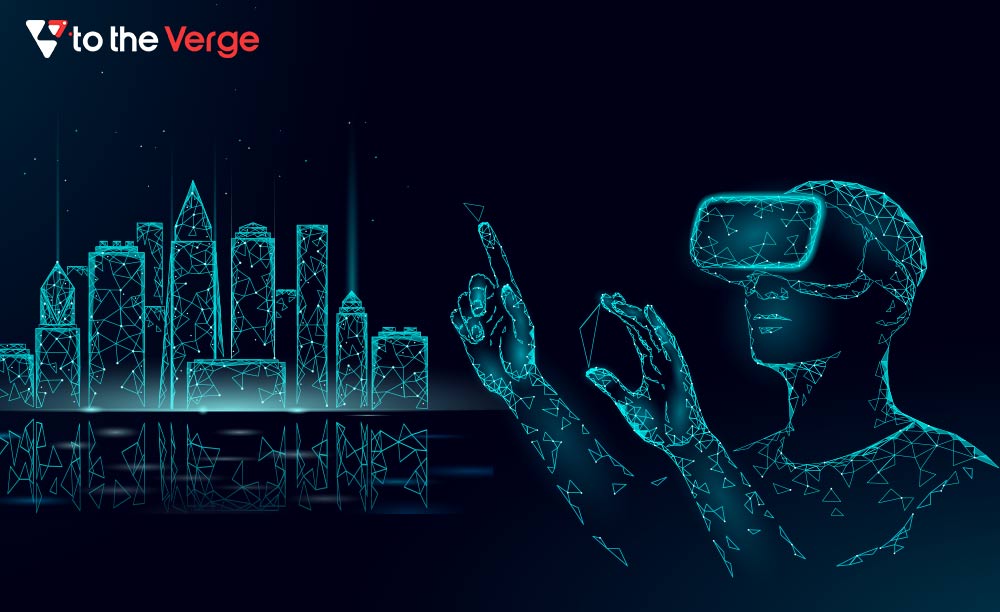
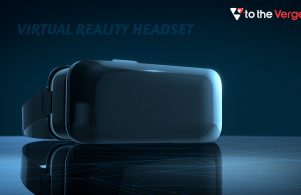
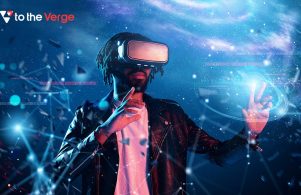

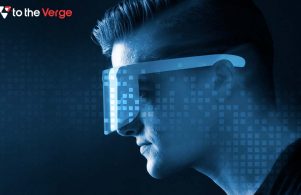

![How to Update and Reinstall Keyboard Drivers on Windows 10/11 [A Guide]](https://wpcontent.totheverge.com/totheverge/wp-content/uploads/2023/06/05062841/How-to-Update-and-Re-install-Keyyboard-Drivers-on-Windows-10.jpg)
